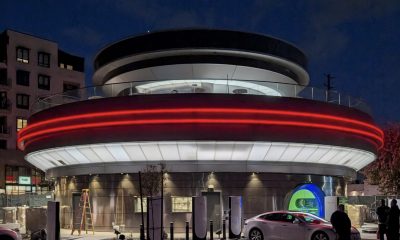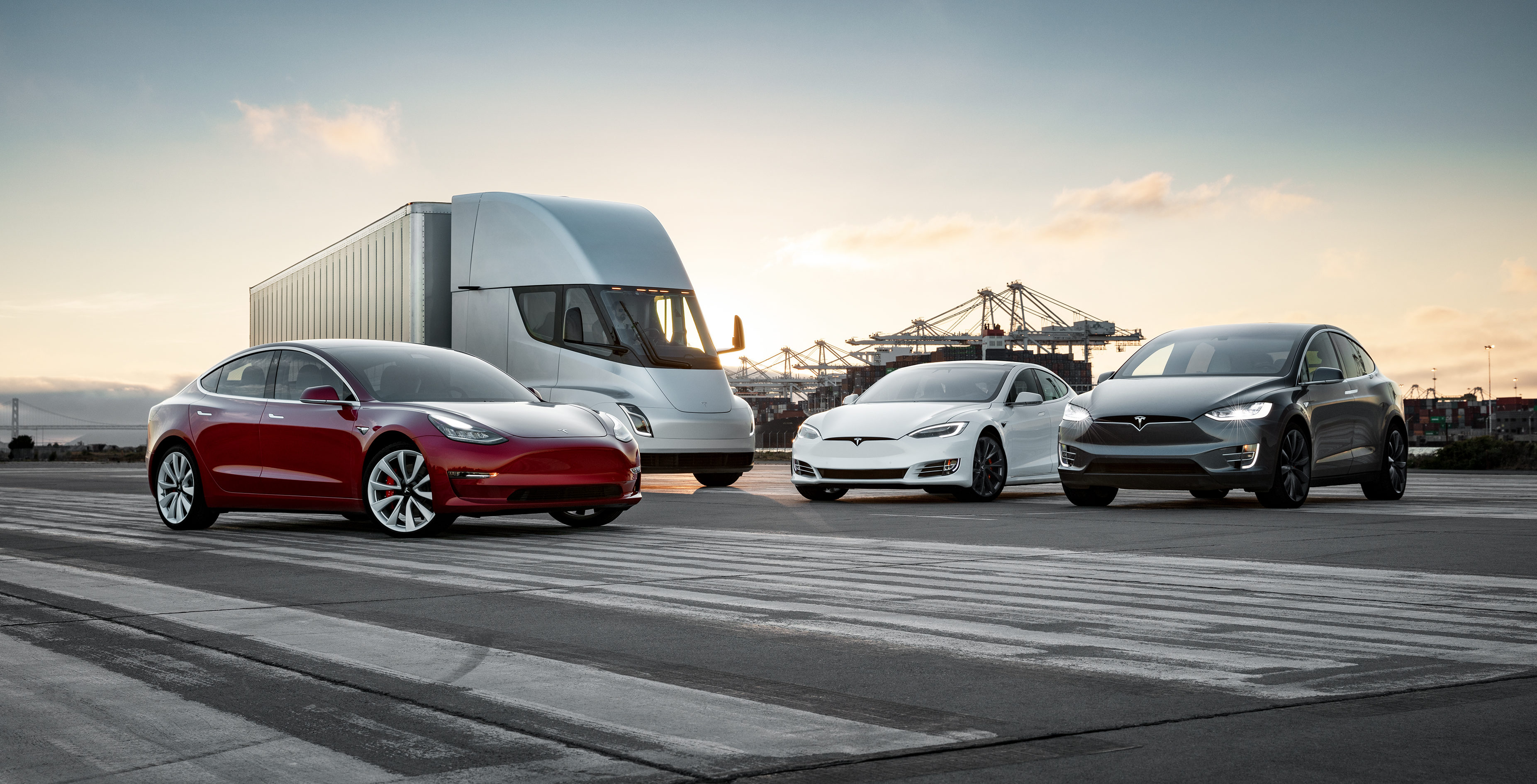

News
Tesla Effect: Expert dives into EV adoption and the internal combustion engine’s death
When Elon Musk took the helm as CEO of Tesla, he aimed to disrupt the transportation industry to such a degree that electric mobility becomes the preferred, primary form of transportation. It was a lofty goal, near-impossible at the time. Yet, more than a decade and several all-electric vehicles later, Musk’s dream and his all-too-familiar Master Plan are actually happening.
Spurred by the success and the demand generated by vehicles like the Tesla Model S and Model 3, the auto industry is shifting towards electric transportation. Coupled with the ongoing climate emergency, several regions across the globe are also looking to drastically reduce their emissions, and one of the ways they are doing that is by phasing out the internal combustion engine. Paul Eichenberg, managing director of Paul Eichenberg Strategic Consulting and a longtime veteran in the auto industry, discussed these shifts in a recent appearance at Autoline After Hours.
During his discussions, Eichenberg noted that the auto industry, including the companies comprising its large supply chain, is already undergoing a steady departure from ICE technology. Aggressive emissions targets in regions such as Europe and China will eventually make it impossible for gas and diesel-powered vehicles to comply unless they become electric. Technological advancements such as autonomous driving solutions are also becoming a priority. This could be seen in how massive companies such as Volkswagen and Ford are currently partnering in a push towards EVs and full self-driving technology. Eichenberg noted that there would likely be more high-profile collaborations in the near future.

It is at this point that Tesla’s disruption, the “Tesla Effect,” if you may, becomes incredibly evident. Tesla might still be learning the ropes when it comes to running a car business, but it is becoming undeniable that the company has created an objectively superior product. Sandy Munro, who has torn down the Tesla Model 3 and other EVs like the Chevy Bolt and the BMW i3, remarked that Tesla’s electric sedan is at least a generation ahead of what other companies have put on the road in terms of the architecture, the electronic systems, and the software surrounding the vehicle. Tesla still needs to figure out a consistent way to make money, but in terms of the electric cars themselves, the company seems to have everything figured out.
With traditional auto catching up to upstart companies like Tesla, large carmakers are now looking to leverage the innovations from younger, smaller companies. This could be seen in how Ford willingly invested in Rivian, which has developed its own skateboard platform that features much of the same concepts as Tesla’s skateboard chassis. Eichenberg, citing an OEM he spoke with prior to the announcement of Ford’s Rivian investment, stated that building a skateboard similar to Rivian’s and Tesla’s will likely result in a seven-year lead in the marketplace.
With electric cars being far more straightforward in terms of parts and components, a significant number of companies whose businesses rely on the internal combustion engine are currently being faced with a dilemma. Eichenberg gave an example of this in a brief discussion about forgings. “If you look at the forgings, a typical vehicle like the Pacifica — you know, V6, 8-speed — that has 107 forgings in it, in just that traditional ICE engine ecosystem. When you go to an electric vehicle, whether it’s the (BMW) i3, the Teslas, the (Chevy) Bolt, whatever it is, there’s eight or nine. So you have a 90% over-capacitation of an industry. And here’s an industry that’s only 90 billion globally, and half of everything it does is in the engine-transmission ecosystem,” he said.
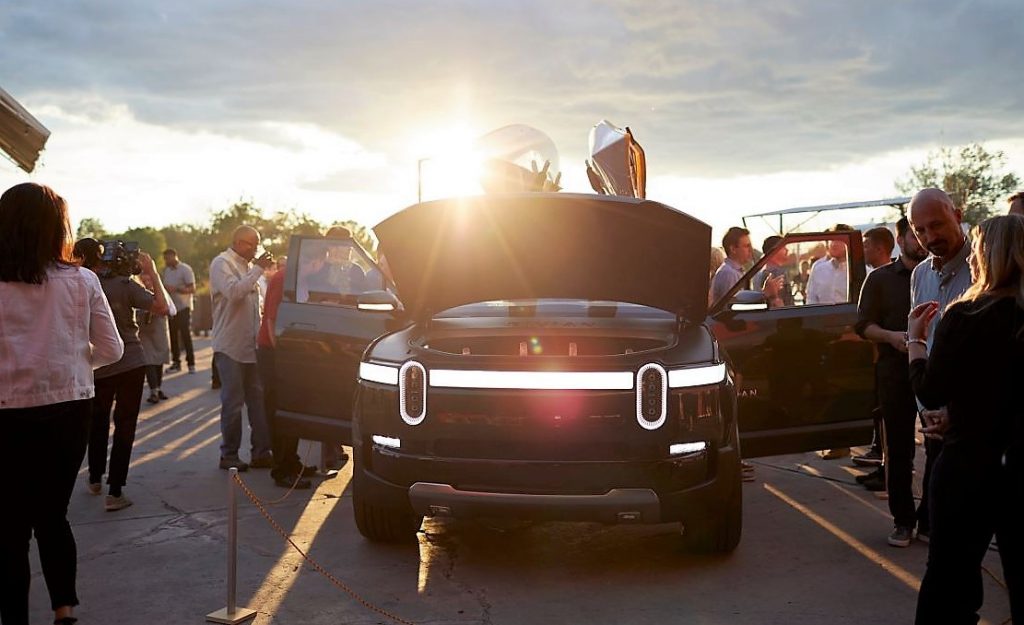
Elaborating further, Eichenberg mentioned that big-tier corporations such as Honeywell and Delphi, whose businesses are tied to the internal combustion engine, are now positioning themselves through spinoffs as a way to shed their ICE-centered assets. Unfortunately, smaller companies don’t have it as easy, particularly as private equities and investors do not seem interested in ICE innovations anymore. Eichenberg shared the story of Dayco, a private equity-owned business which experienced multiple failed sale processes. Eventually, the company ended up taking the deal to China, where it failed to receive a single bid. Among the key reasons behind these failures was Dayco’s line of business.
“Why is Dayco an indication of what private equities are going to do? It’s because Dayco makes pulley systems that go in front of the internal combustion engine. And of course, what’s been the first element to be electrified? All the pumps and all these systems that run off this pulley system. So, the market has already recognized, ‘Hey you know what, we’re not interested in these types of assets,’” he said.
Overall, it appears that traditional automakers’ decision to “wait and see” if Tesla survives and succeeds was a miscalculation at best. As it turned out, well-designed, long-range electric cars caught on, and with the advent of the Tesla Model 3 Standard Plus, which currently starts below $40,000 with Autopilot as standard, it is now becoming quite evident just how much catching up is needed for traditional auto to thrive (or even survive) in the age of the electric car. Yet, as more large automakers collaborate on technology that companies like Tesla have developed on their own, and as investments flow into young, innovative companies like Rivian, it is becoming a certainty that the internal combustion engine is indeed on its twilight years.
Watch Paul Eichenberg’s segment in Autoline After Hours in the video below.
Elon Musk
Elon Musk confirms Tesla is already rolling out a new feature for in-car Grok
Tesla is already making in-car Grok more robust with a simple but effective feature that CEO Elon Musk says is “coming.”
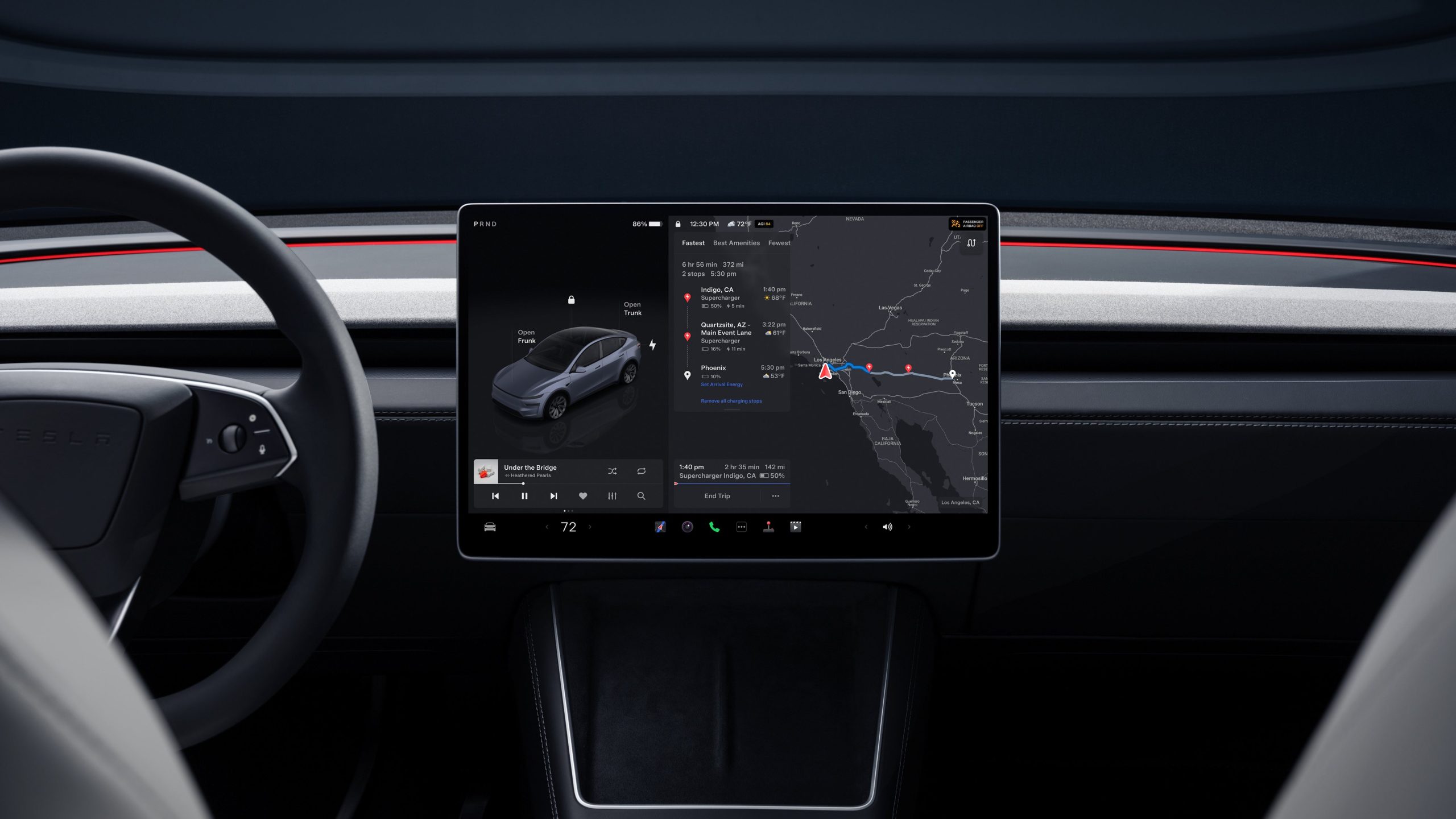
Tesla CEO Elon Musk has confirmed that the company will roll out a new feature for in-car Grok as it is rolling out to vehicles for the first time.
Grok was just recently added as a feature to Tesla vehicles within the past week, but owners are already requesting some small changes to make it more convenient to use.
Tesla debuts hands-free Grok AI with update 2025.26: What you need to know
The first is already on the way, Musk confirmed, as WholeMarsBlog requested a simple, but useful feature for Grok as it is used within Tesla vehicles.
Whole Mars requested that “Hey Grok” be used as a wake word, automatically activating the AI assistant without having to touch any buttons. Musk confirmed it is already in development and on the way to vehicles:
Coming
— Elon Musk (@elonmusk) July 16, 2025
This feature is incredibly similar to that of “Hey Siri” with iPhones and other iOS devices. The phone will recognize your voice and hear that prompt, automatically activating Siri. Apple’s assistant will then perform whatever task it is asked to perform. It’s a simple but effective performance feature.
Grok is already getting its first reviews from owners as it rolls out to owners for the first time. It is a long time coming, too. Tesla has been hinting that Grok would be enabled in the vehicles for a while now, and it just started its initial rollout last week.
After using @grok in my Tesla tonight, I’m insanely impressed.
I honestly went into it a bit skeptical on how useful it would actually be, but I asked it some real genuine questions and it nailed it every time.
Asked it if I take my Tesla to San Francisco next week, where… pic.twitter.com/R0QrK347vi
— Zack (@BLKMDL3) July 16, 2025
Hey @Tesla_Optimus … @grok wants to know if you’re free tonight pic.twitter.com/xXfSkg8M22
— Tesla (@Tesla) July 12, 2025
Grok is available in vehicles with the AMD chip and requires Premium Connectivity or a WiFi connection to use.
Elon Musk
Tesla reveals key detail of Supercharger Diner, but it’s bigger than you think
Tesla has finally released one key detail about the Supercharger Diner, and it is bigger than what it appears at face-value.
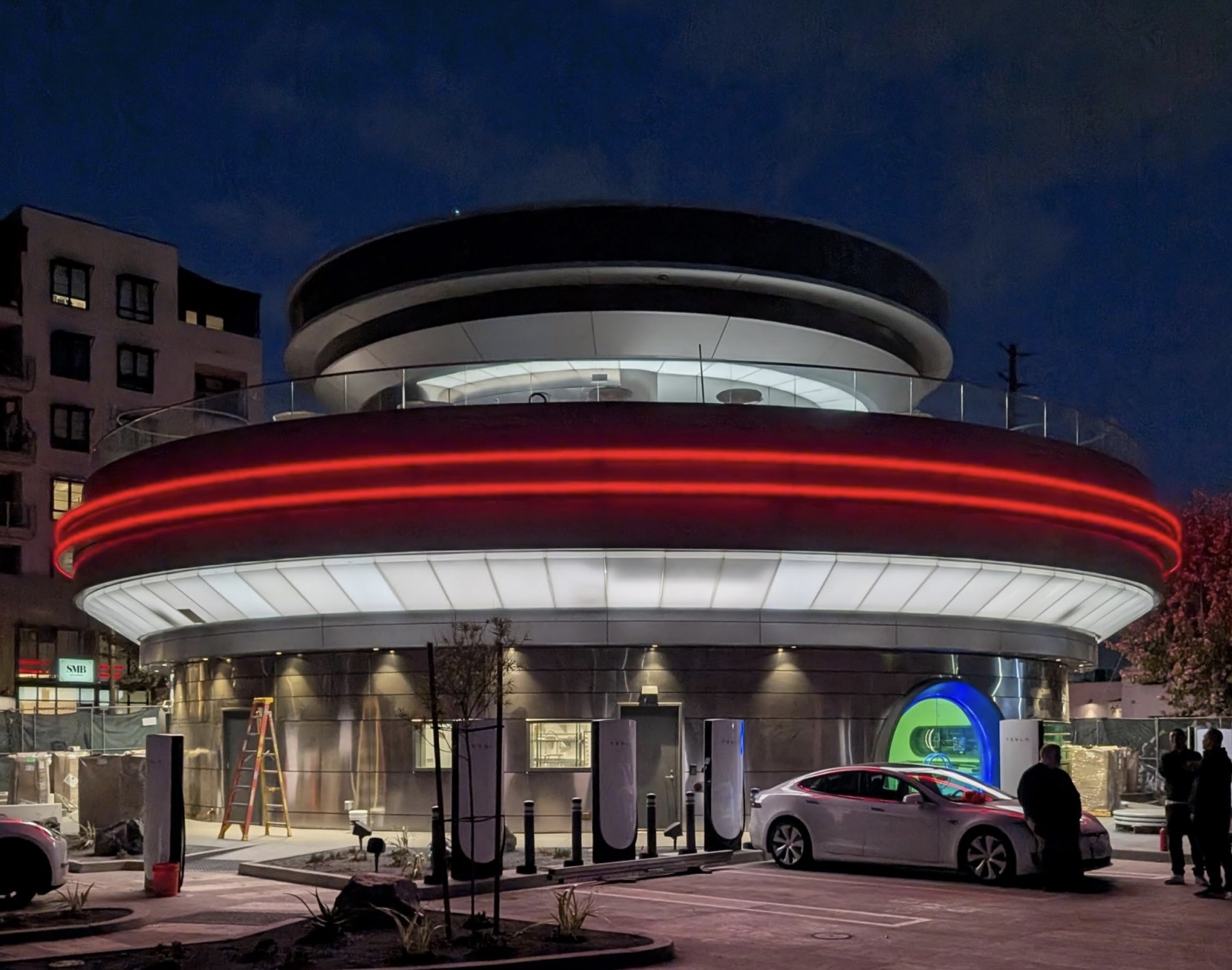
Tesla has revealed a key detail of its Supercharger Diner as its launch date appears to be nearing, based on what we are seeing at the site currently.
The Supercharger Diner is located on Santa Monica Boulevard in Los Angeles and was first proposed as an idea by CEO Elon Musk back in 2018. Musk envisioned a drive-in movie-style 1950s-inspired diner that would feature elements such as servers on roller skates, large movie screens, and a menu inspired by classic treats from several decades ago.
A project that first broke ground in 2023, the Supercharger Diner has been in development for over two years, as Tesla performed demolition work at the site back in February of that year.
It has slowly moved forward, and drone footage shot this week seems to show things are nearly up and running. Musk even mentioned that he had eaten at the Diner Supercharger this week.
There are still details that Tesla has yet to announce and confirm. The most important thing is regarding the menu that will be served at the diner.
Tesla has not hinted at what it will be making for patrons at the restaurant, but Musk commended the food and said the diner would be one of the coolest spots in LA.
🚨 Tesla has involved “almost every team at the company…in some form” in the development of the Supercharger Diner in Los Angeles https://t.co/wLC6t79vgu pic.twitter.com/o52SWWbYPd
— TESLARATI (@Teslarati) July 16, 2025
However, we now have details on another important thing about the restaurant: the hours.
Images taken by Aaron Cash of ABetterTheater.com show the diner will be open 24/7, as it appears on the front doors of the diner:
🚨 Tesla Diner in Los Angeles will be open 24/7 https://t.co/SlccUUlLIb pic.twitter.com/9I78ZGBdnz
— TESLARATI (@Teslarati) July 15, 2025
At first thought, it seems this will operate like any other diner, as many are open for 24 hours a day. Diners typically serve large menus with numerous options, catering to the tastes and moods of anyone who walks in.
People of all walks of life eat at diners, as the food is typically affordable, tasty, and available at any hour to serve those who are night owls or those who work non-typical schedules.
However, Tesla is a bit different, and it seems that this new venture into food service could eventually transition from human servers and cooks to robots, most notably the company’s in-house project of Optimus.
It is something straight out of a Star Wars movie. I can think of Obi-Wan Kenobi visiting Dex in his diner in Attack of the Clones to figure out where a poison dart was sourced from:
Eventually, Optimus will likely be working as an employee in the Tesla Diner, and 24/7 operation will be performed by the humanoid robot that aims to eliminate trivial tasks from humans.
News
First glimpse of Tesla Model Y with six seats and extended wheelbase
It’s longer and taller than the regular Model Y, and it has a cool new badge.
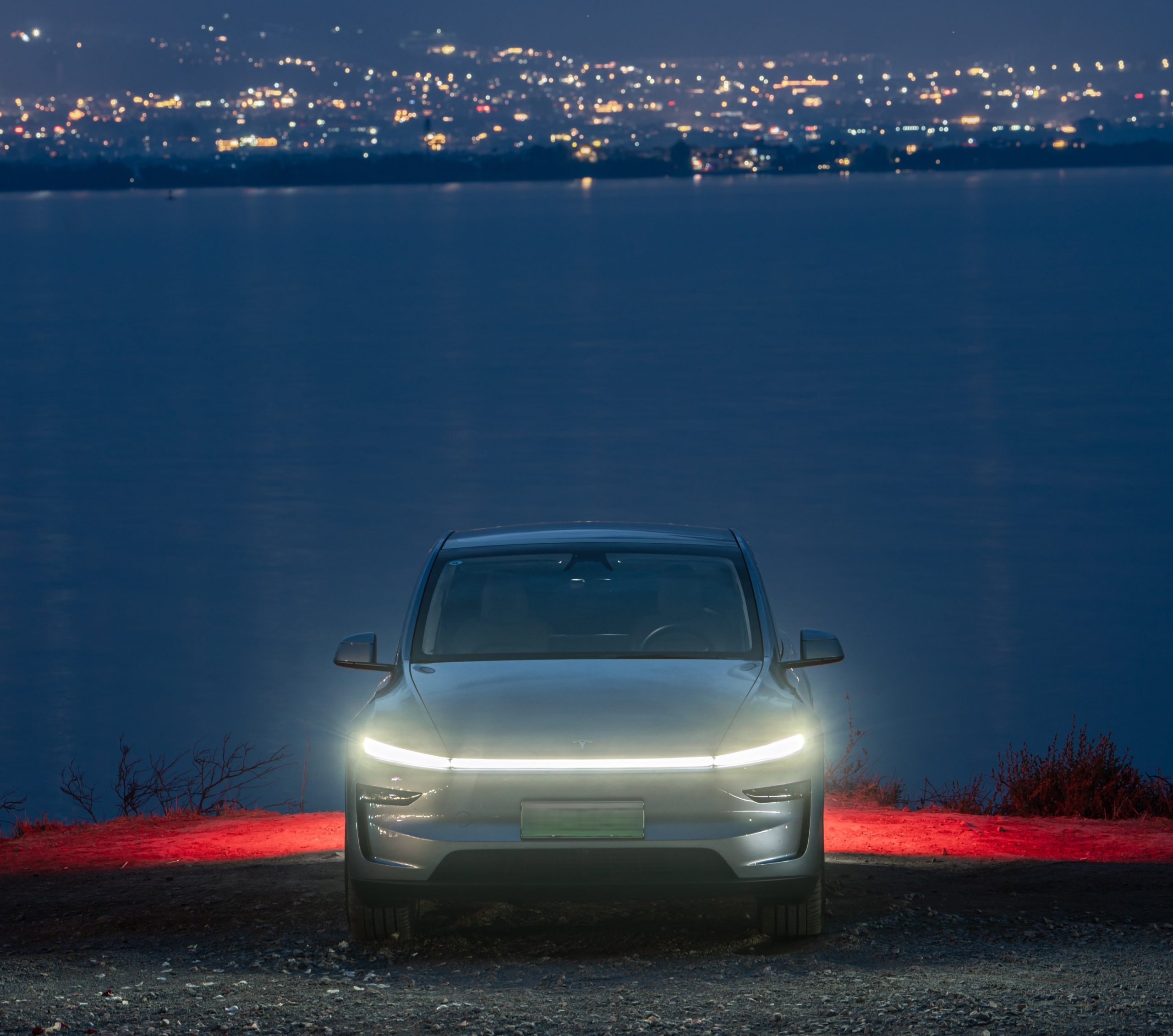
Tesla’s extended wheelbase Model Y has been announced by the electric vehicle maker on its official Weibo page in China. At the same time, details of the upcoming vehicle have been listed in the China Ministry of Industry and Information Technology’s (MIIT) new regulatory catalog.
The extended wheelbase Model Y
Tesla announced the upcoming vehicle on its official Weibo page, with the company noting that the new car will be called the “Model Y L.” Images posted by the company showed that the Model Y L will feature a “Model Y” badge with a stylized “Y” graphic. A teaser image of the vehicle taken from its side also emphasizes the extra space that was gained from its extended wheelbase.
The MIIT listing for the Model Y L indicated that the vehicle would be 4,976 mm long, 1,920 mm wide, and 1,668 mm high. Its wheelbase was listed in the MIIT’s catalog as 3,040 mm. In comparison, the new Model Y is currently 4,797 mm long, 1,920 mm wide, and 1,624 mm high, with a wheelbase of 2,890 mm.
Six seats and some power
Most notably, the extended wheelbase Model Y was listed in the MIIT regulatory catalog as a six-seat model. The vehicle is also listed with the product model number TSL6500BEVBA0, as noted in a CNEV Post report. And as hinted in Tesla China’s Weibo post, the vehicle will be released sometime in the fall.
The Model Y L is listed as a dual motor vehicle with peak power outputs of 142 kW and 198 kW for the front and rear motors. The vehicle is also listed with ternary batteries supplied by LG Energy Solution, and it reportedly weighs 2,088 kilograms (4603 pounds). In comparison, the new Model Y Dual Motor AWD weighs 4391 pounds.
Tesla China has not hinted at the price of the new Model Y L, though expectations are high that the vehicle will be priced at about RMB 400,000 ($55,764). It also remains to be seen if the Model Y L will also be produced in Tesla’s vehicle factories in the United States and Germany.
-

 News4 days ago
News4 days agoTesla debuts hands-free Grok AI with update 2025.26: What you need to know
-

 Elon Musk11 hours ago
Elon Musk11 hours agoElon Musk’s xAI just posted the nerdiest job opening of all time
-

 News2 days ago
News2 days agoTesla Robotaxi has already surpassed Waymo in this key metric
-

 News2 weeks ago
News2 weeks agoTesla China breaks 8-month slump by selling 71,599 vehicles wholesale in June
-

 Elon Musk7 days ago
Elon Musk7 days agoxAI launches Grok 4 with new $300/month SuperGrok Heavy subscription
-

 Elon Musk1 week ago
Elon Musk1 week agoElon Musk confirms Grok 4 launch on July 9 with livestream event
-

 Elon Musk3 days ago
Elon Musk3 days agoElon Musk teases Tesla’s “most epic demo” by end of year
-

 News2 days ago
News2 days agoTesla’s Robotaxi geofence in Austin grows, and its shape is hard to ignore




